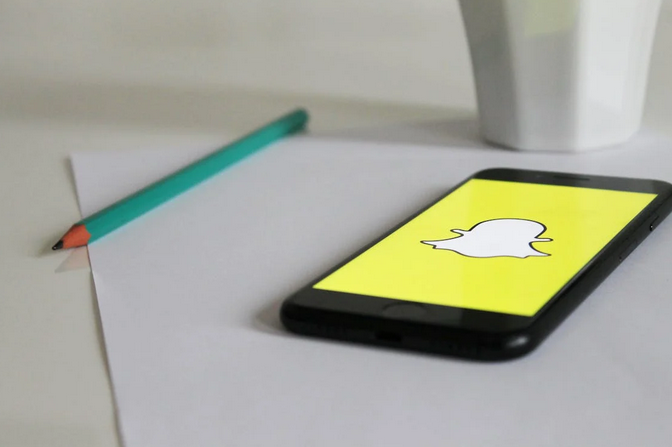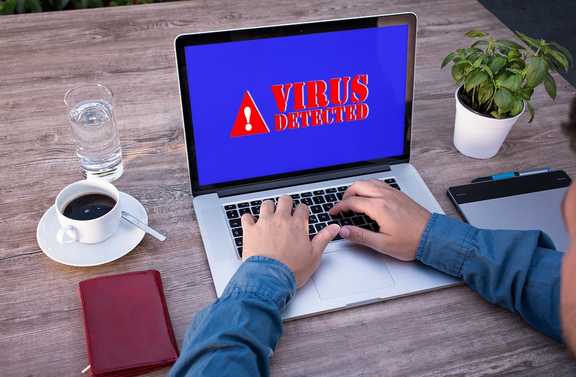Snapchat has made a name for itself as the go-to platform for sharing moments that disappear. It’s all about spontaneity and privacy, but there’s one question that continues to puzzle users: why can’t we screenshot those fleeting snaps?
You might think it’s just another quirky feature of the app, but there’s much more happening behind the scenes. If you’ve ever been tempted to capture a snap or two, you’re not alone. See what makes Snapchat tick when it comes to screenshots and uncover the real reason they block this seemingly harmless action.
The Real Reason Snapchat Blocks Screenshots
Snapchat’s primary mission is to foster a sense of privacy among its users. The app was designed for ephemeral sharing, where moments come and go without leaving a trace. This concept appeals to many who want to control their digital footprint. By blocking screenshots, Snapchat reinforces the idea that once you send something, it’s gone—at least in theory.
Users can feel more secure knowing that their snaps aren’t easily saved or shared beyond the intended recipient. This feature also creates an air of exclusivity around content. If someone knows their snap might be captured forever, they may think twice about what they share. It encourages open communication without the fear of permanent records lurking on another person’s device.
How Snapchat Actually Knows You Took a Screenshot

Snapchat employs a sophisticated system to detect screenshots. When you capture an image, the app registers that action almost instantly. Each snap is encrypted and tied to your account in real time. This means every interaction is monitored closely, ensuring privacy remains intact. The app uses software algorithms that track how users engage with snaps.
If someone takes a screenshot, Snapchat logs this event. Notifications are then triggered to inform the sender of the captured content. It’s all about maintaining trust within their user community while protecting sensitive information. This tracking mechanism creates a layer of accountability among users.
The Workaround Everyone Uses (And Why It’s Risky)
Many users have found clever ways to bypass Snapchat’s screenshot restrictions. One popular method involves using a second device, like another smartphone or tablet, to snap a photo of the screen. This way, you can capture those fleeting moments without triggering any alerts. However, this workaround comes with its own set of risks.
First and foremost, the quality may suffer due to poor lighting or reflection on your main screen. You might lose crucial details in the process. Moreover, if you’re caught by the sender or even Snapchat itself, it could lead to some serious consequences. Users risk having their accounts flagged for suspicious activity or facing bans altogether.

Why Other Apps Don’t Care About Screenshots
Many social media platforms prioritize user engagement over privacy concerns. They focus on sharing and creativity, encouraging users to capture moments freely. Apps like Instagram and Facebook thrive on screenshots since it boosts visibility. These platforms often encourage reposting content. Screenshots can help spread trends or highlight popular posts, creating a cycle of engagement that benefits everyone involved. Furthermore, many users prefer the flexibility of capturing whatever they want without restrictions. This freedom fosters a sense of community among users who share their experiences openly.
The downside? It can lead to issues around ownership and original content rights. But for these apps, the risk seems worth it in fostering an interactive environment that keeps people coming back for more. Their approach is about building connections rather than restricting expressions through digital barriers.… Read the rest












